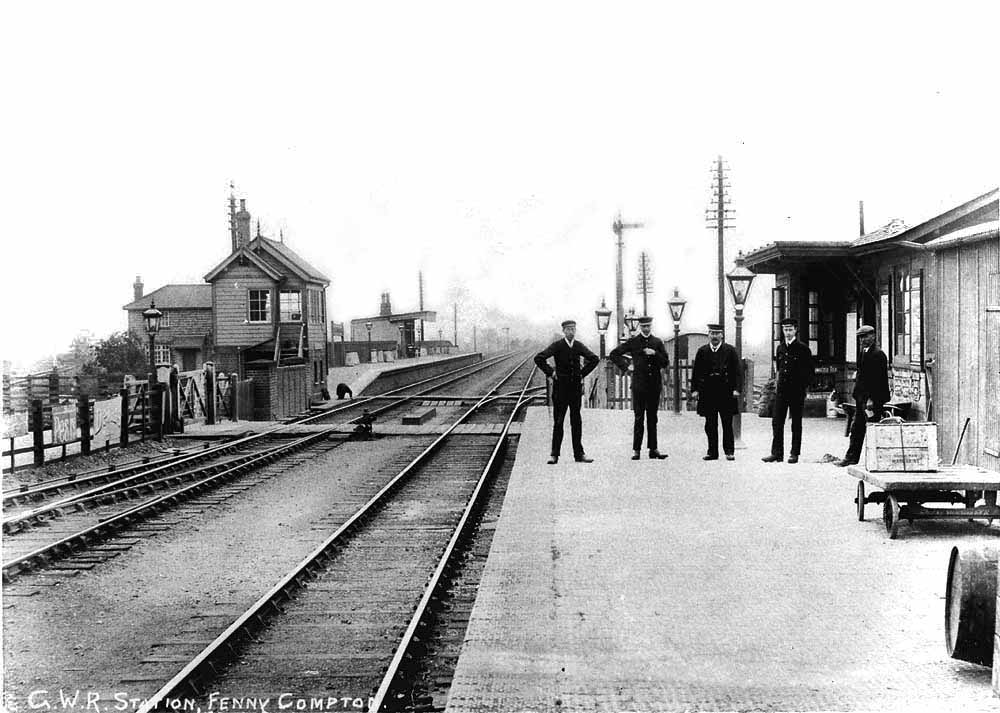When I moved to Southam some forty years ago, I didn’t know I was returning to my ancestor’s homeland. My great grandfather x 5 was Richard Hiorns, a middle son of ten born at Fenny Compton in 1769, and during his early working life the canal was being built at Fenny Compton and around Southam to Coventry and Rugby. The freedom of leaving Fenny Compton as a young man and a busy, if hard, working life on the canals in those bachelor years before marriage, stood before him.
On researching the family I found Richard had settled at Rugby. In 1797 as a bachelor age 28, he married Ann at Crick, a village on the canal, and when she died, he married Mary a local girl at Rugby. It is possible another of his older brothers did the same trip to Rugby, while the rest of his family remained at Fenny Compton.
The Oxford Canal from the River Thames to Coventry winds through the south Warwickshire countryside following the contours of the land, to avoid changes in water levels. However at Fenny Compton, a tunnel was needed, and the Fenny Compton tunnel opened in 1776. Before locks were built to shorten canal distances, following contours, the canal bypassed Southam, with the nearest wharfs being at Long Itchington, Stockton and Fenny Compton. Hence tons of coal from the Coventry mines came by boat to these wharfs and was carted by horses into Southam and the surrounding villages to sell. On return journeys the cement works used the canals to send tons of limestone and cement into the cities.
Then came the railways and once again Southam suffered the problems associated with missing out on new forms of transport. Locals claimed that the toll roads and coaching were sufficient to keep trade to the town and its market alive. Unfortunately they weren’t, as more and more trade came to depend on transporting commercial and agricultural products, including livestock, by rail.
The section of railway from Banbury to Birmingham and Rugby had a chequered history. Landowners around Southam signed petitions to stop the railway coming to Southam across their land, frightening their livestock and setting fire to hay and corn fields. It is even claimed that some land owners came out with their shotguns, ordering the navvies off their land.
The Great Western Railway single track broad gauge line opened in 1850 from Oxford to Banbury. Two miles north of Fenny Compton at Knightcote, it should have split to Rugby via Southam and to Birmingham via Leamington Spa. GWR was given approval, and the lines should have been built as standard gauge, but GWR was allowed to continue in broad gauge, which caused problems with GWR joining up with the LNWR standard gauge line from Rugby. The result was that in 1849 the line north of Fenny Compton to Rugby was abandoned and the Birmingham line was relaid in mixed gauge. Finally in 1889, the Birmingham line was relaid again to standard gauge. Therefore Southam’s nearest railway station was eventually between Deppers Bridge and Harbury. The abandoned railway works heading towards Southam can still be seen today at Knightcote.
The photograph shows Fenny Compton station. To find out more about local history, please see our website www.southamheritage.org or visit the museum in the centre of Southam. We are located in the atrium of Tithe Place opposite the Library entrance. Telephone 01926 613503 email southamheritage@hotmail.com and see our Facebook page: Southam Heritage Collection.


Leave A Comment